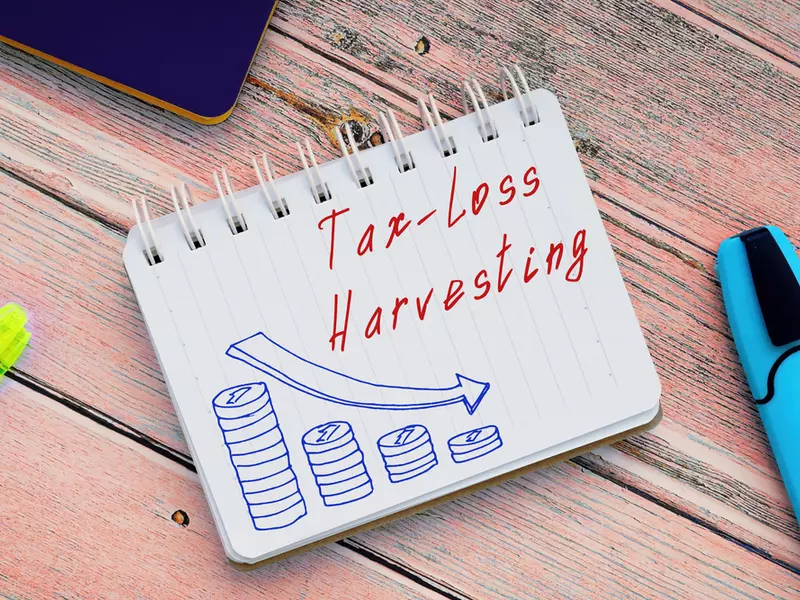As a freelancer or independent contractor, it’s essential to know how to file your taxes. While it may seem daunting at first, it can be relatively simple if you follow the right steps. Here’s a step-by-step guide on how to file taxes as a freelancer or independent contractor.

Step 1: Gather all the necessary information
Before filing your taxes, you’ll need to gather all relevant information, such as your earnings and expenses for the past year. You can either do this manually or use accounting software to track your finances. As a freelancer, you’ll need to keep track of your invoices, receipts, and bank statements to ensure that your records are accurate.
Step 2: Determine your filing status
Your filing status is determined by your marital status and dependents. As a freelancer or independent contractor, you’re likely to file as a single or head of household, depending on your circumstances. It is best to consult with a tax professional to determine your filing status.
Step 3: Calculate your self-employment tax
One significant difference between being an employee and a freelancer is that you’re responsible for paying the taxes that would typically be covered by your employer. This includes self-employment tax, which is a combination of Medicare and Social Security taxes. You can calculate your self-employment tax using Schedule SE from the IRS website.
![]()
Step 4: Determine your deductions
As a freelancer, you may be entitled to various deductions, including home office expenses, business-related travel expenses, and equipment and maintenance expenses. These deductions can help you reduce your taxable income, potentially lowering your tax bill.
Step 5: File your taxes
Once you’ve gathered all your information and calculated your tax liability, it’s time to file your taxes. You can do this online using tax software or a tax professional.
Step 6: Pay your taxes
If you owe taxes, you’ll need to make a payment to the IRS. You can do this online using IRS Direct Pay or by mailing a check.
Filing taxes as a freelancer or independent contractor may seem intimidating, but with the right preparation and support, it can be a straightforward process. By keeping accurate records, determining your filing status, understanding your deductions, and filing your taxes correctly, you can ensure that you remain in compliance with the IRS and avoid any penalties.











